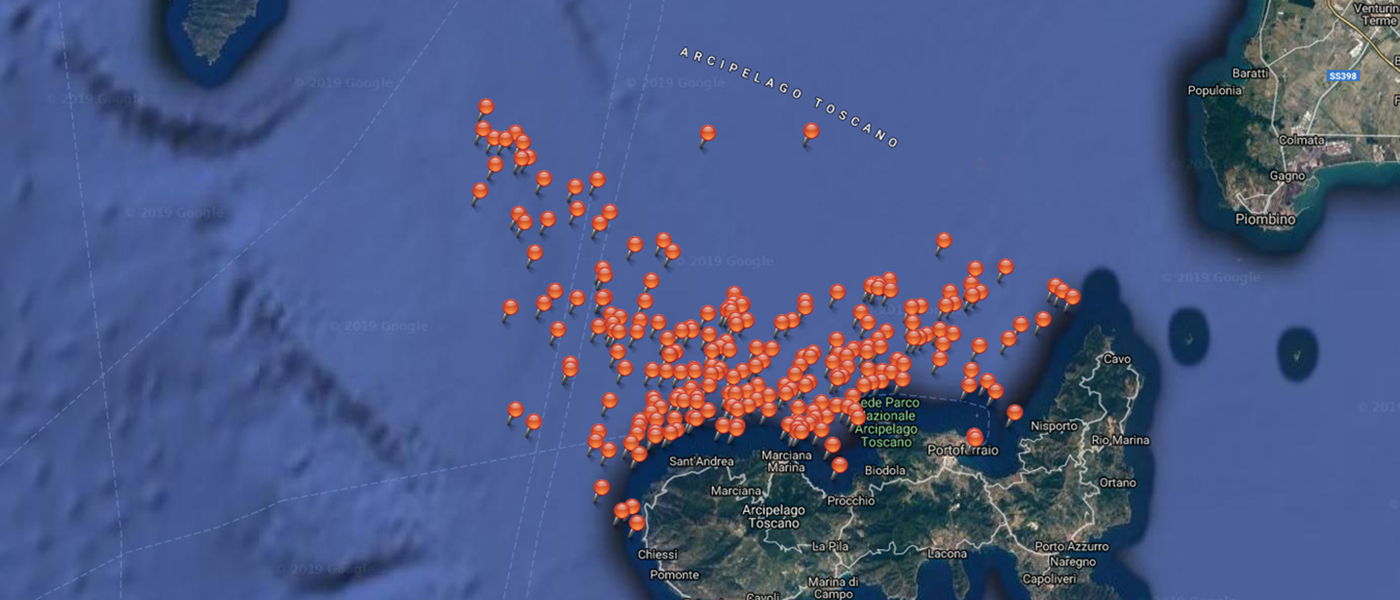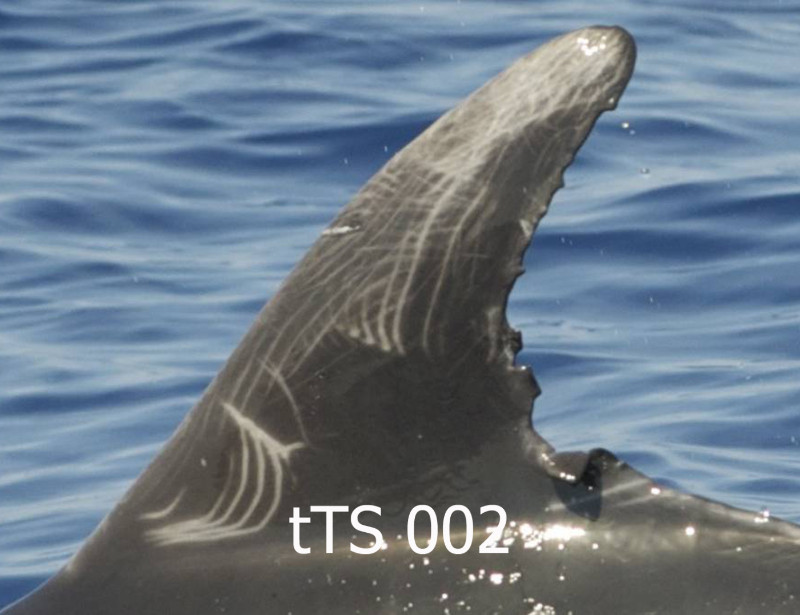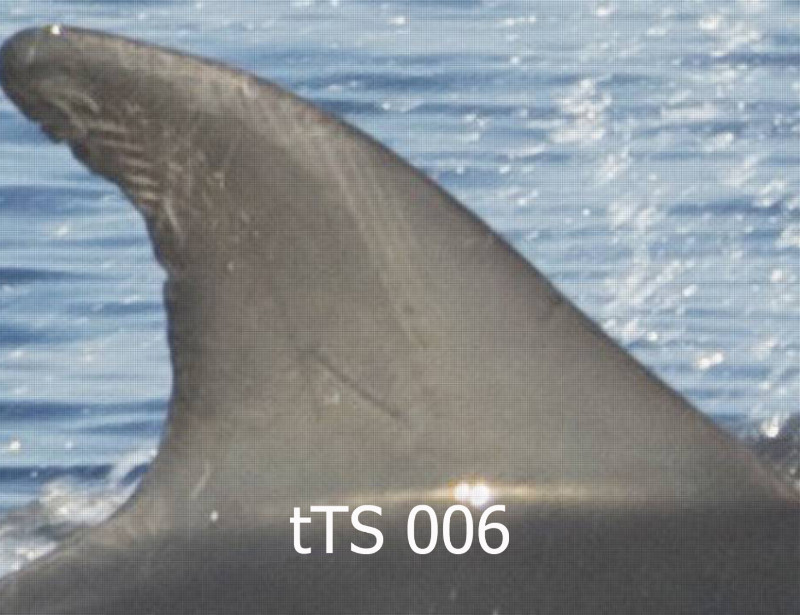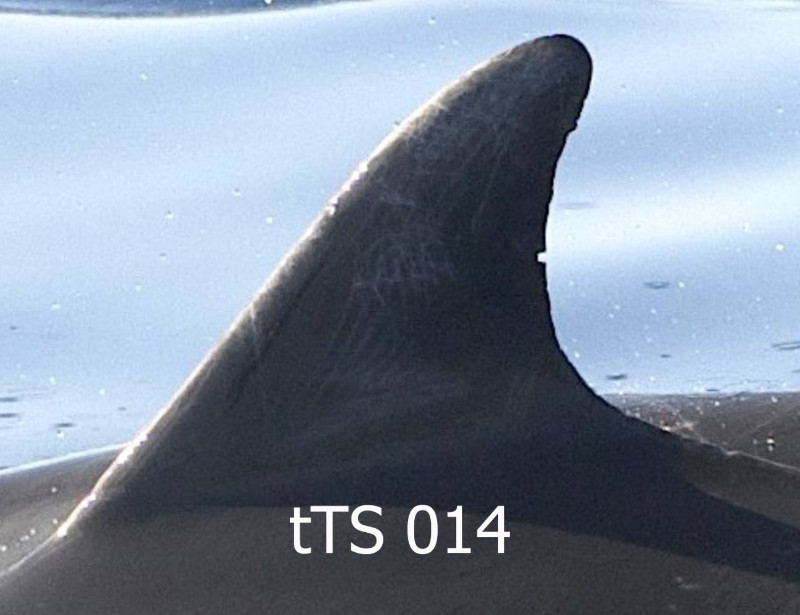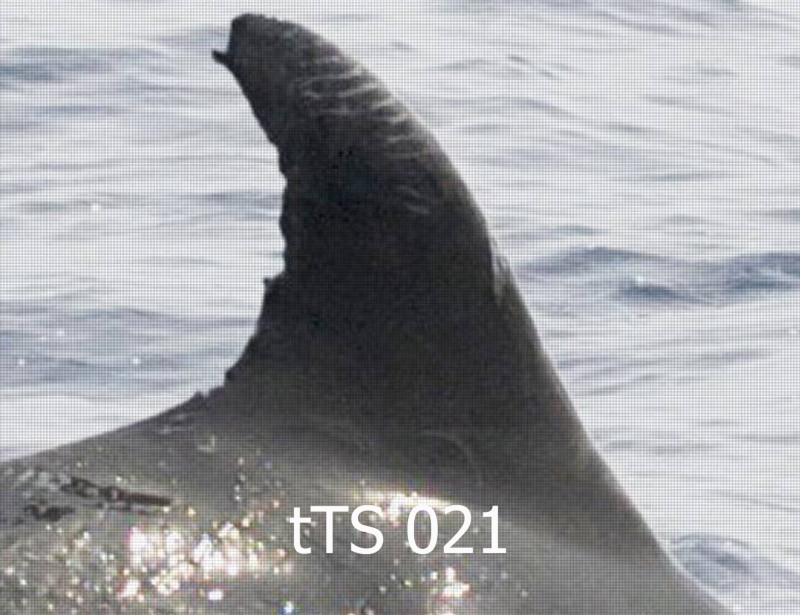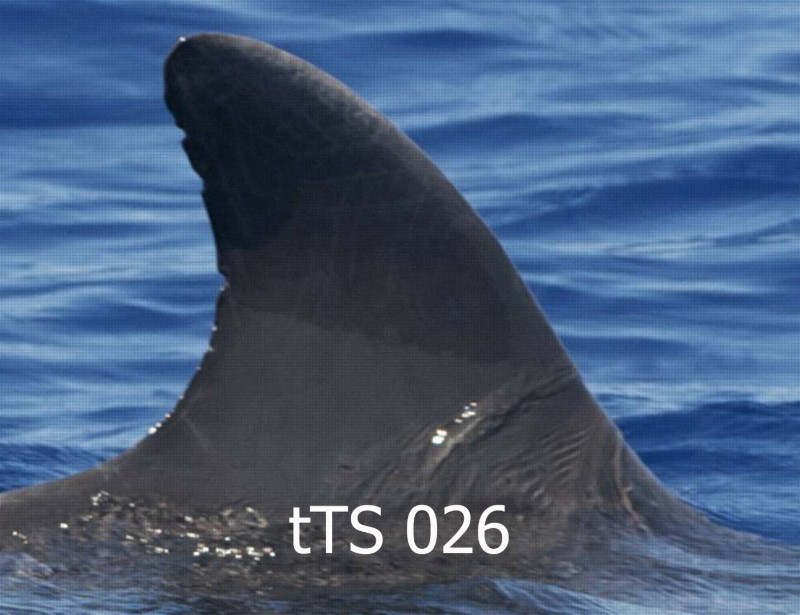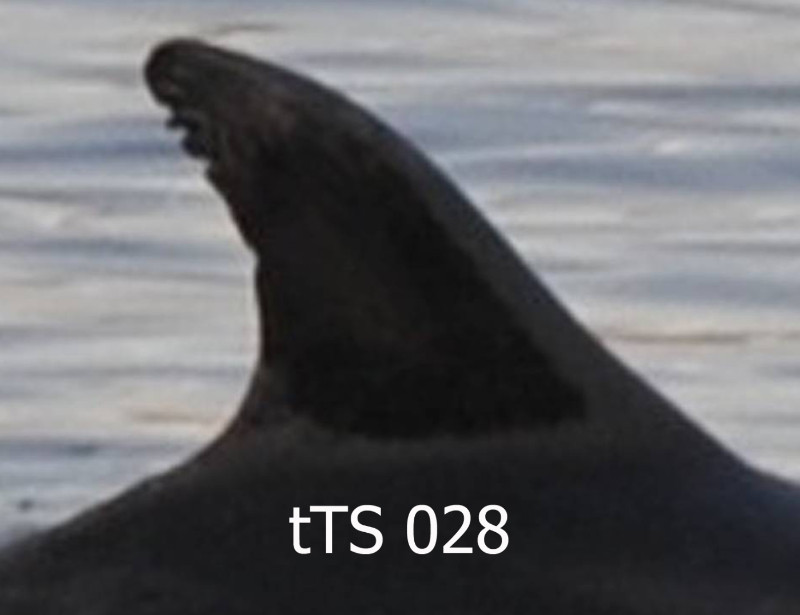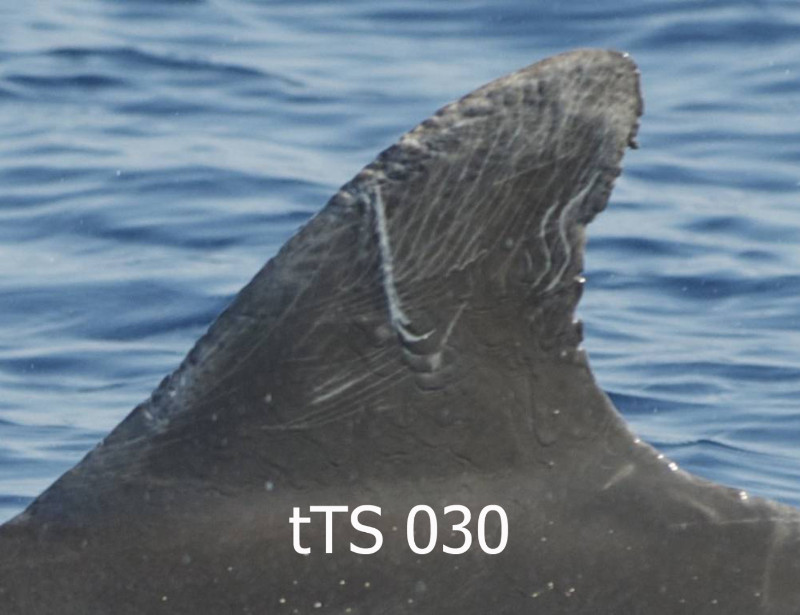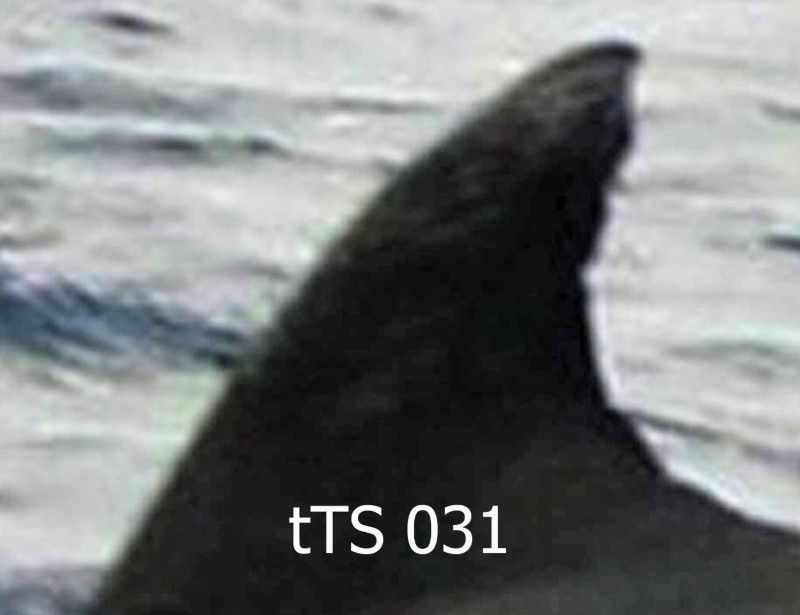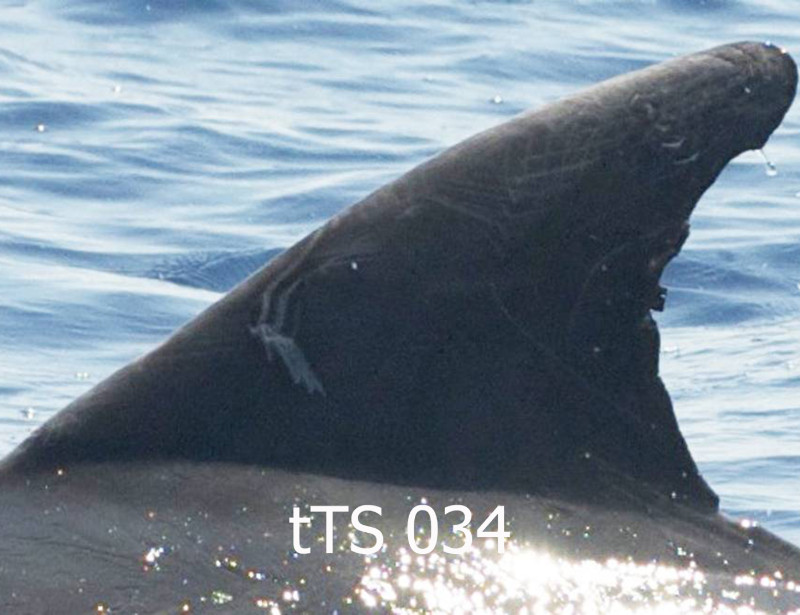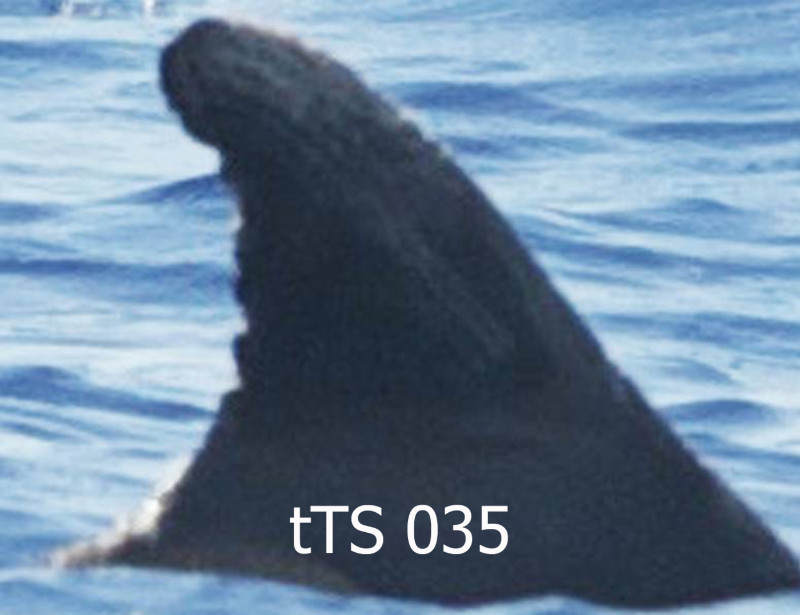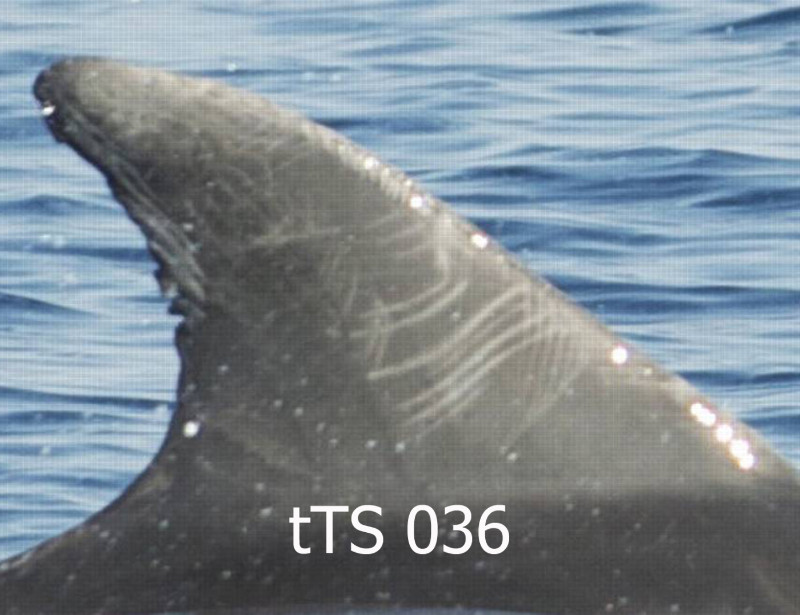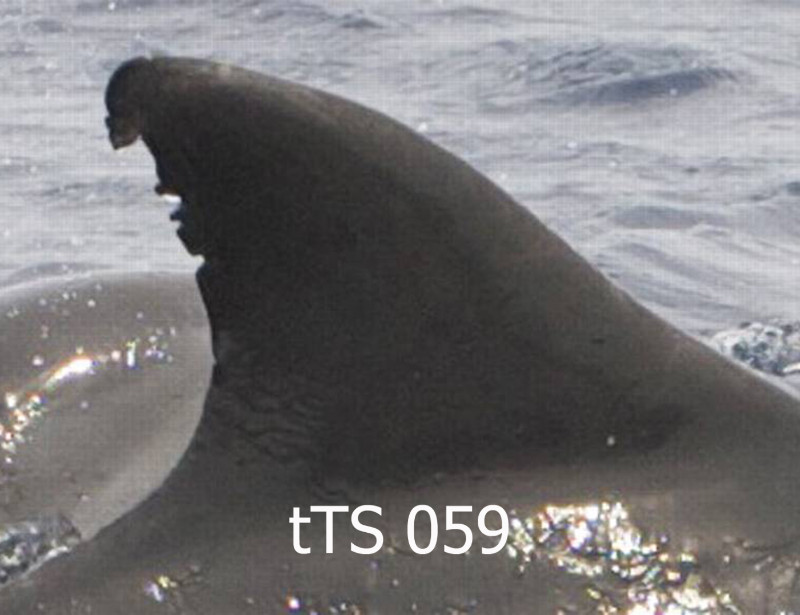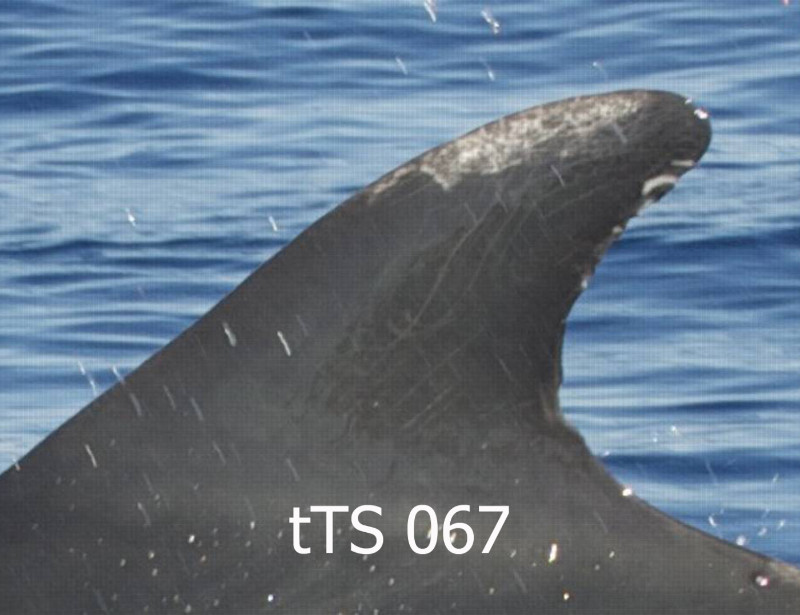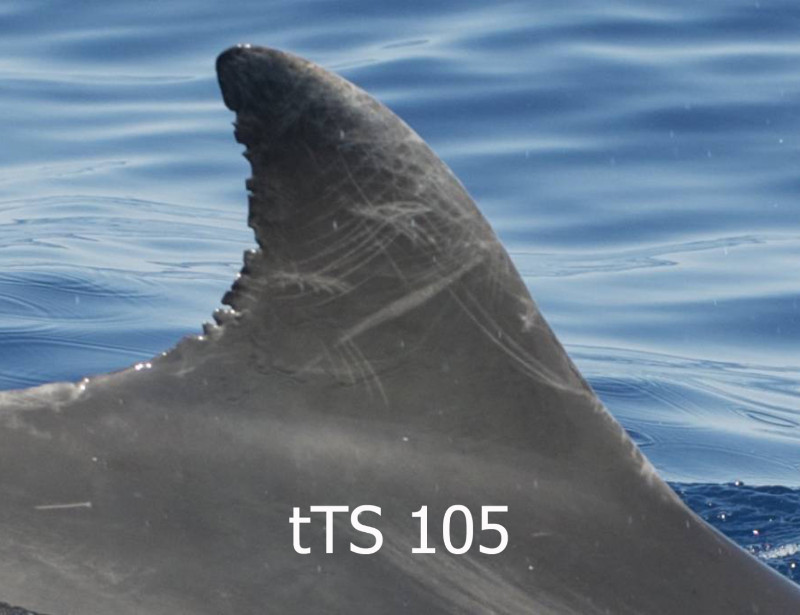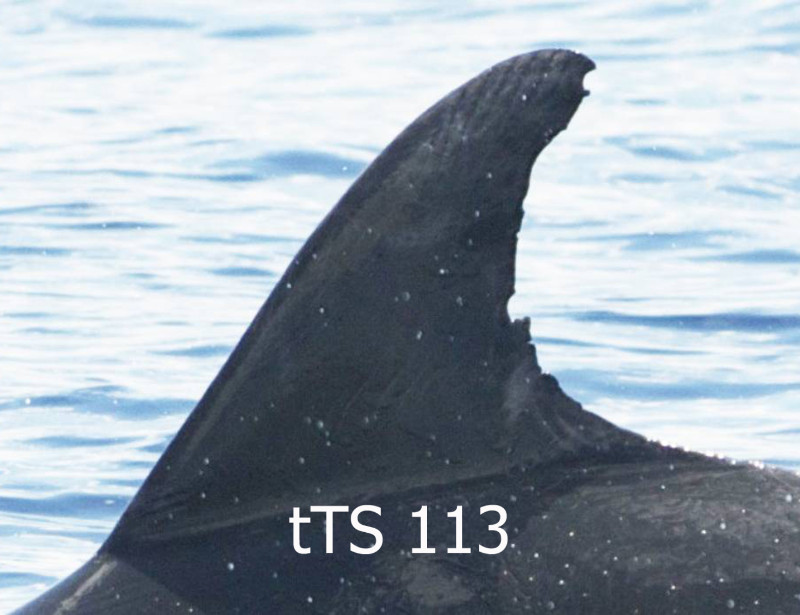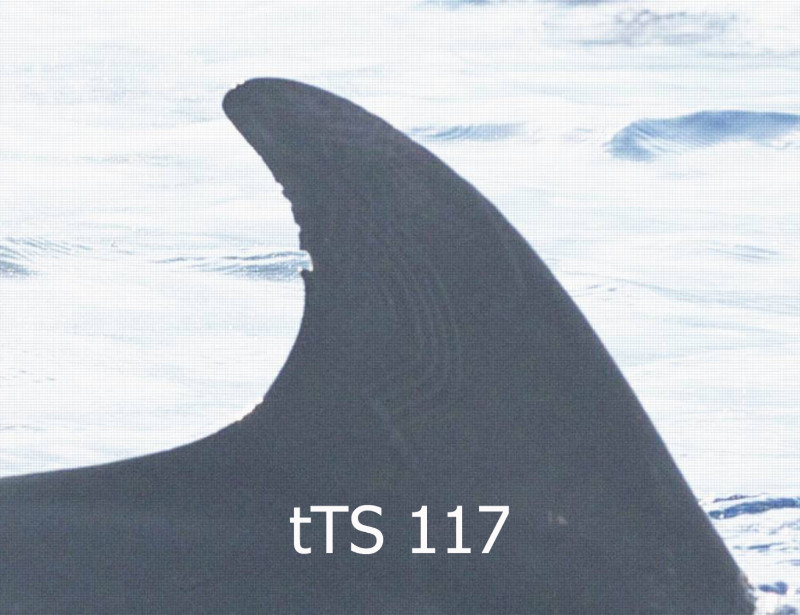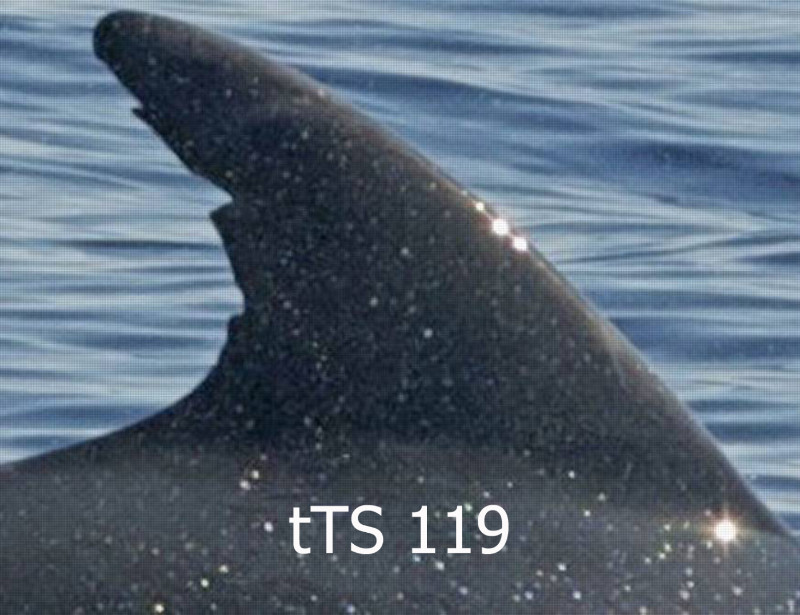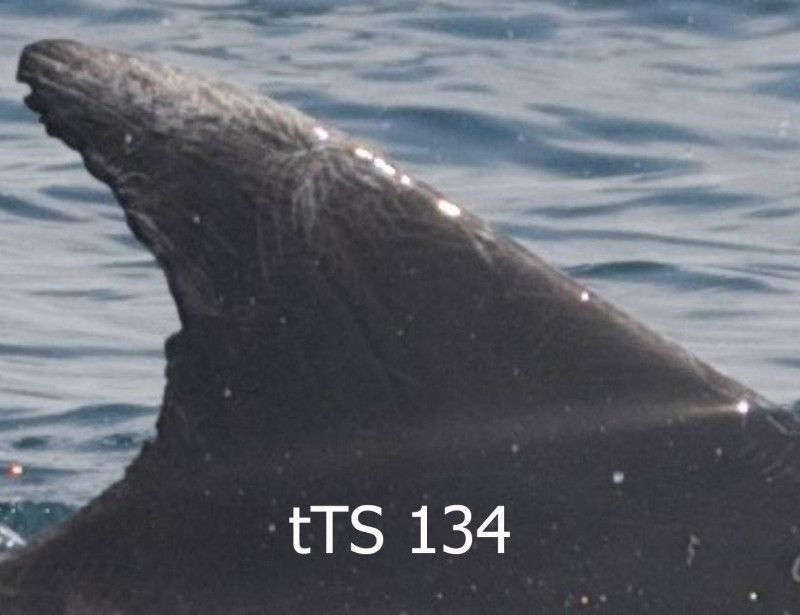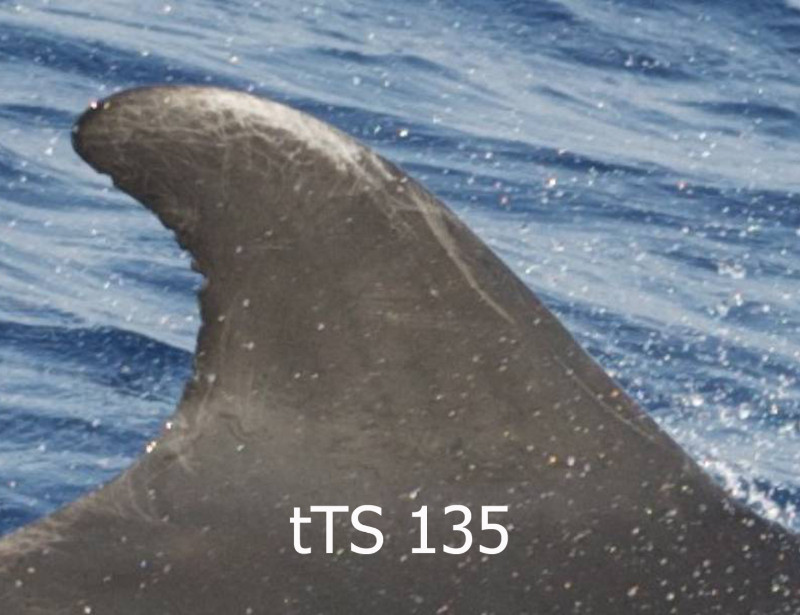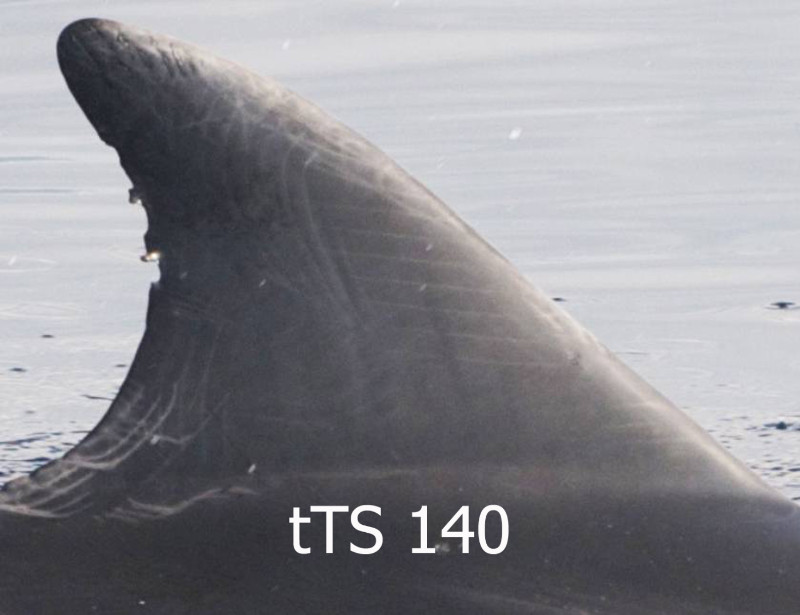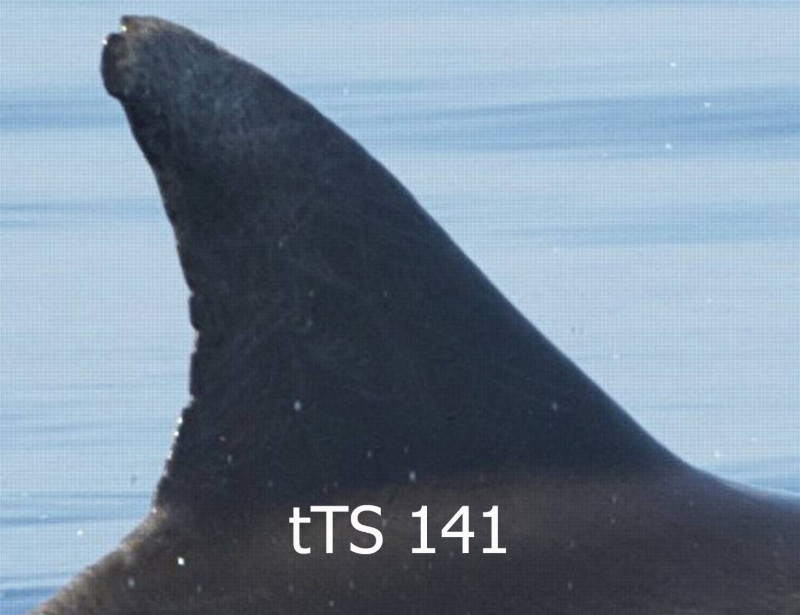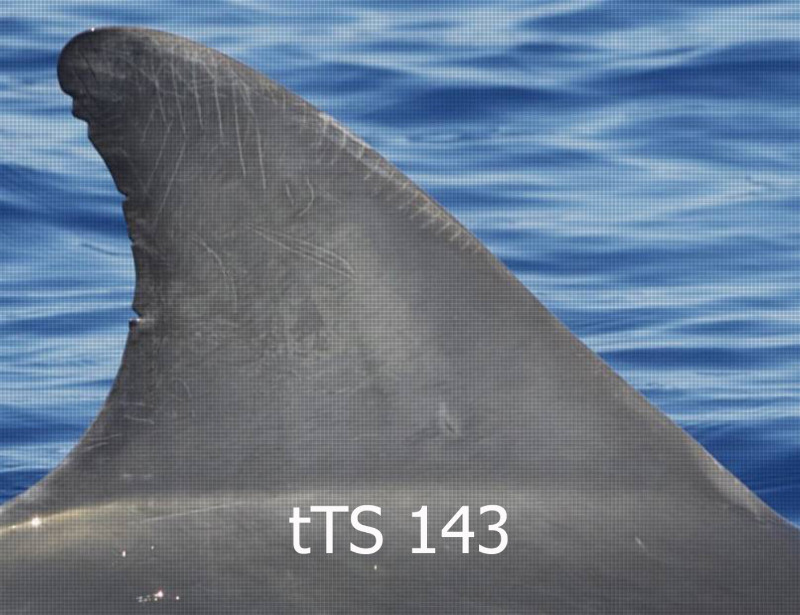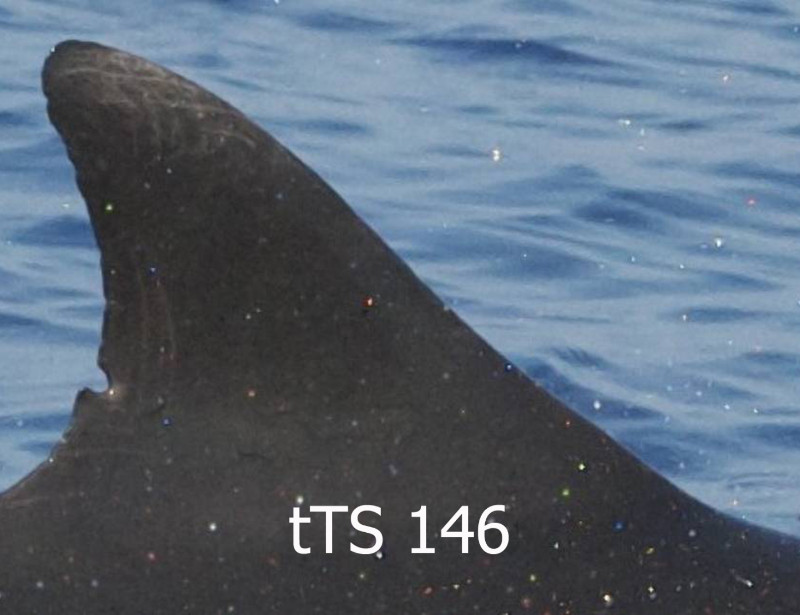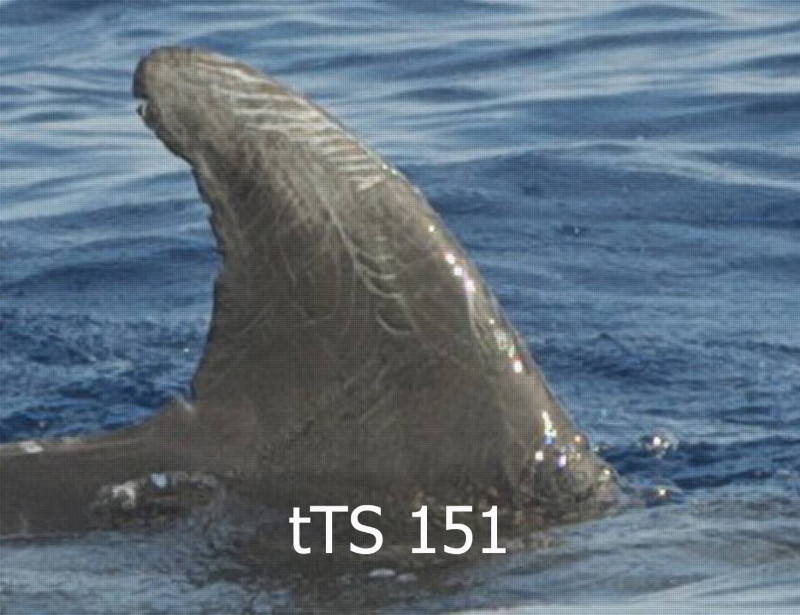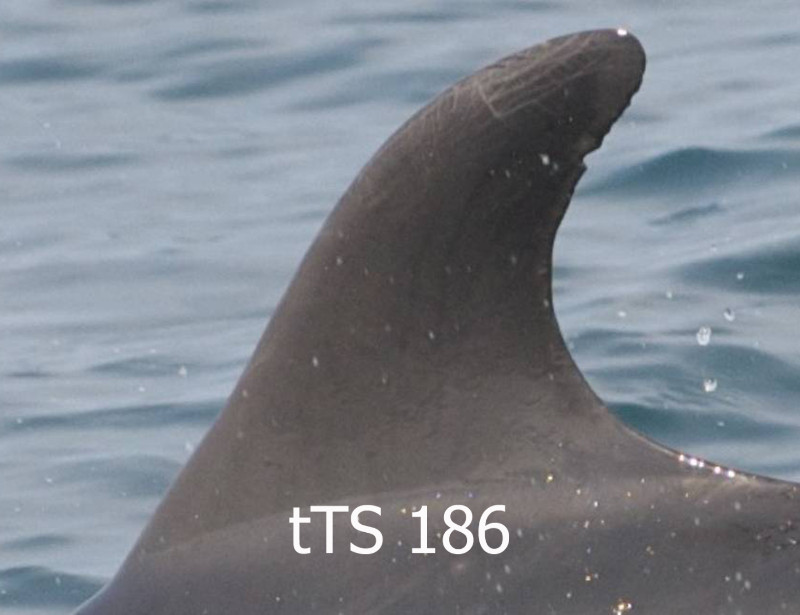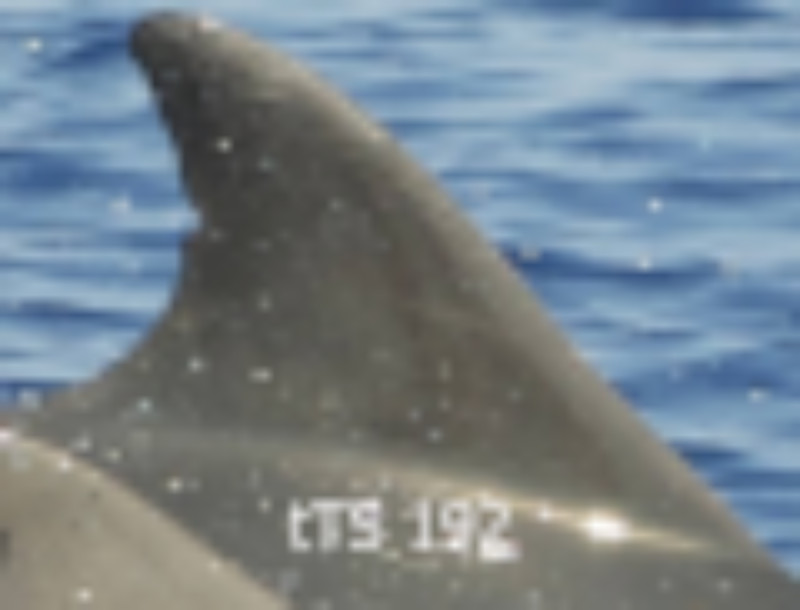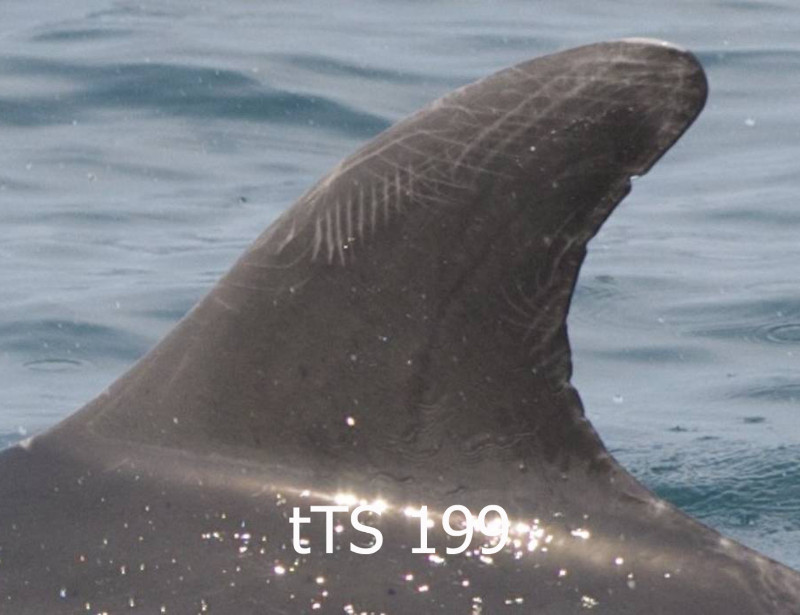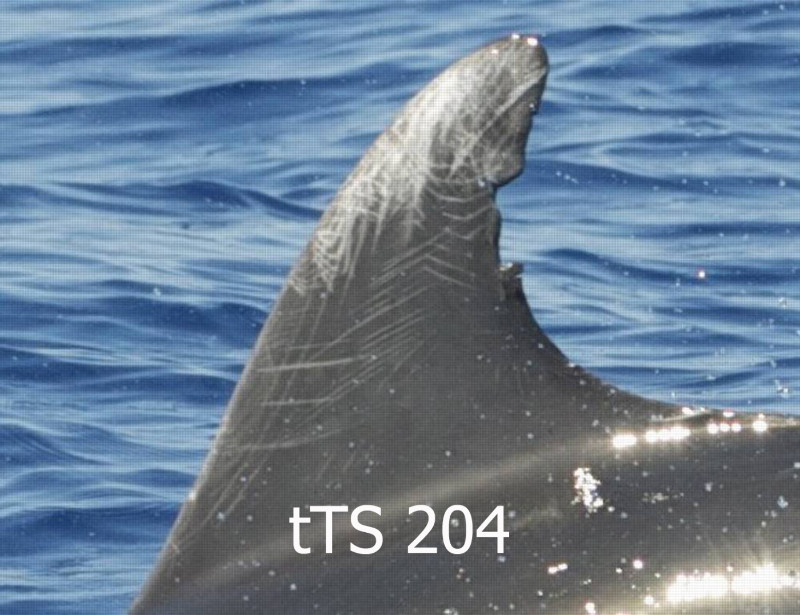Principal aim
During the ten-year activity of the Centro Ricerca Cetacei, which have the area around the Elba island the main marine study area, the distribution of cetaceans of the Tursiops truncatus species has particularly emerged.
From the analysis of this, it is evident that the triangle of sea north / west of the Elba Island, between "P.ta Polveraia", "Isola di Capraia" and "Capo d'Enfola", appears to accommodate a group of remarkably resident dolphins.
By virtue of a rapid bathymetric analysis of this area, there are no obvious reasons for this permanence, which remains confirmed by various surveys among local fishermen and boaters. Therefore, the Centro Ricerca Cetacei, bearing all research costs, intends to give an answer to this scientific question, in order to raise awareness among the public and not, and to enhance this sea area.
This will be the subject of several degree theses over time, starting from the one followed by the University of Milan - Faculty of Veterinary Medicine, in the person of Prof. Mariangela Albertini, professor of physiology, endocrinology and ethology.
Everything will be carried out with expenses entirely borne by the Centro Ricerca Cetacei, which will make use, as a private company (SRL), of its activities and economic returns to raise funds.
Research Area
The Elba area is between latitudes 43 ° N and 42 ° 31 'N, longitudes 10 ° E and 10 ° 48' E.
This has been divided into 3 sub-areas as follows:
Elba 1: lat 43 ° N - 42 ° 31 'N; long 10 ° 25 'E - 10 ° 48' E
Elba 2: lat 42 ° 46 'N - 42 ° 31' N; long 10 ° E - 10 ° 25 'E
Elba 3: lat 43 ° N - 42 ° 46 'N; long 10 ° E - 10 ° 25 'E
The sub-area that affects the group of bottlenose dolphins in question is "Elba 3", which covers the entire north side of the Elba island.
In particular, a clear predominance of sightings is note in a triangle of sea between "P.ta Polveraia", "Isola di Capraia" and "Capo d'Enfola", which clearly presents fictitious and blurred boundaries in practice, and precise theoretical boundaries only to facilitate the study.
Research Data
The research activity in the Elba area by the Centro Ricerca Cetacei began in 2003, but the data has become important since 2005.
The database that collects such data has been specially designed by researchers to be accessible from anywhere in the world via internet, and it uses a photo-identification computer system that allows to follow the movements over time of cetaceans thanks to progressive recognition, following the multiple meeting.
To date, the Centro Ricerca Cetacei has 405 sightings in the "Elba" area, 152 of these in the sub-area "3", with 1158 dolphins of the Tursiops truncatus species sighted overall.
Of these 152, 144 sightings are in this triangle, therefore from their analysis and from that of the bottlenose dolphins photo-identified during these sightings, out of 159 photo-identified individuals, 33 showed a great predilection for this part of sea.
The criteria with which it was discriminated which could be into this specific group, called by the researchers of the Centro Ricerca Cetacei "The Sant’Andrea’s dolphins", are the following:
- Sightings total number of min. 5
- Distribution of sightings in min. 2 years
3.% of sightings in this sea triangle min. 80%
Degree Thesis
The Centro Ricerca Cetacei as external speaker is following, in addition to the research, the drafting of an experimental degree thesis which aims to find hypotheses that can explain the choice of the stretch of sea in question by the Bottlenose dolphins, starting from analysis of the only element that interrupts the bathymetric monotony of the seabed around the Elba island, that is, the large electrical cables that go from the Italian coast to Corsica and those from Sant'Andrea to the Capraia Island, which cross precisely in the triangle of sea in question, as well as evaluate the effect of electromagnetism on cetaceans and marine fauna.
